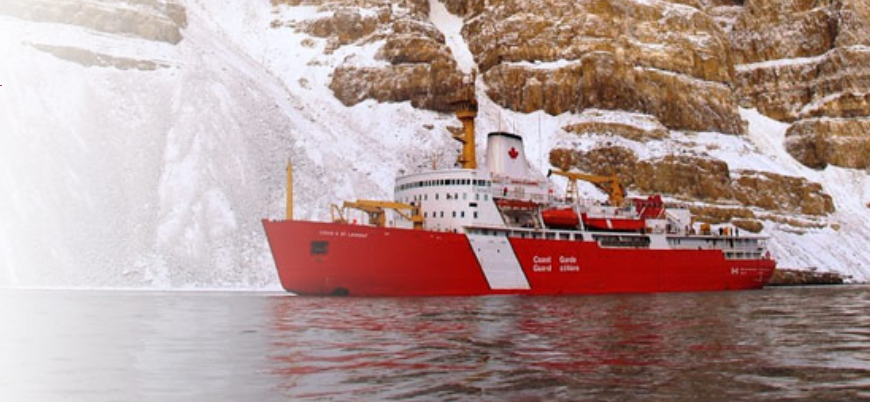
Source:Govermment of Canada
In a significant move towards safeguarding its marine ecosystems and economy, Canada implemented the Ballast Water Regulations on June 23, 2021, under the Canada Shipping Act, 2001. Ballast water, crucial for a vessel’s stability, has been a double-edged sword, contributing to safe operations but also posing risks of introducing invasive species and pathogens into Canadian waters.
Why Regulate Ballast Water?
The primary objective of regulating ballast water is to mitigate the inadvertent introduction and spread of aquatic invasive species and pathogens in Canadian waters. These species, when released outside their natural habitats, lack natural predators, leading to rapid proliferation with severe economic and environmental consequences.
Canada’s Global Role in Managing the Threat
Canada has played a pivotal role in shaping the International Maritime Organization’s International Convention for the Control and Management of Ships’ Ballast Water and Sediments, 2004. This global cooperative approach ensures that vessels worldwide adhere to standardized rules and safety measures, enhancing protection for ecosystems and biodiversity globally, including in Canada.
Navigating the Great Lakes Challenge
The Great Lakes, shared by Canada and the United States, face a unique challenge due to the difficulty in treating ballast water. Despite the U.S. not joining the convention, collaborative efforts under the Great Lakes Water Quality Agreement ensure compatibility in regulations. This cooperation aims to achieve shared conservation and economic goals while ensuring the safe operation of vessels in these waters.
Canada’s Comprehensive Ballast Water Regulations
Before the 2021 update, Canada’s regulations mainly focused on preventing the introduction of invasive species after international voyages. The revised regulations now address species spread within Canada and the transfer of species to other countries. This comprehensive approach aligns with global biodiversity protection.
The updated regulations shift from the outdated mid-ocean ballast water exchange method to modern ballast water management systems. Vessels entering Canadian waters, except those from U.S. Great Lakes waters, must adhere to strict standards, including developing approved management plans, limiting organism releases, regular surveys, and possessing valid compliance certificates.
Economic and Environmental Impact
The introduction of these regulations anticipates substantial positive impacts. By 2044, it is estimated that 34 species, including five causing serious damage, won’t be introduced in Canada, with an 82% reduction in invasive species spread in Canadian Great Lakes ports by 2030. The economic benefit is projected to reach $980 million by 2044.
Who’s Affected and What’s Expected?
The regulations impact all vessel operators responsible for vessels designed to carry ballast water, whether Canadian or foreign vessels entering Canadian waters. American vessels transiting U.S. Great Lakes ports are exempt unless involved in Canadian ballast water-related activities.
Vessel owners and operators must familiarize themselves with the regulations, including compliance with the convention and installation of approved ballast water management systems. Specific measures cater to vessels based on their international or regional operations, emphasizing the importance of adhering to guidelines for the lowest environmental risk.
In a broader context, these regulations align with the Government of Canada’s commitment to protecting its waters, ensuring that ballast water poses the least possible risk to both local and global environments and economies.
Source:Govermment of Canada

